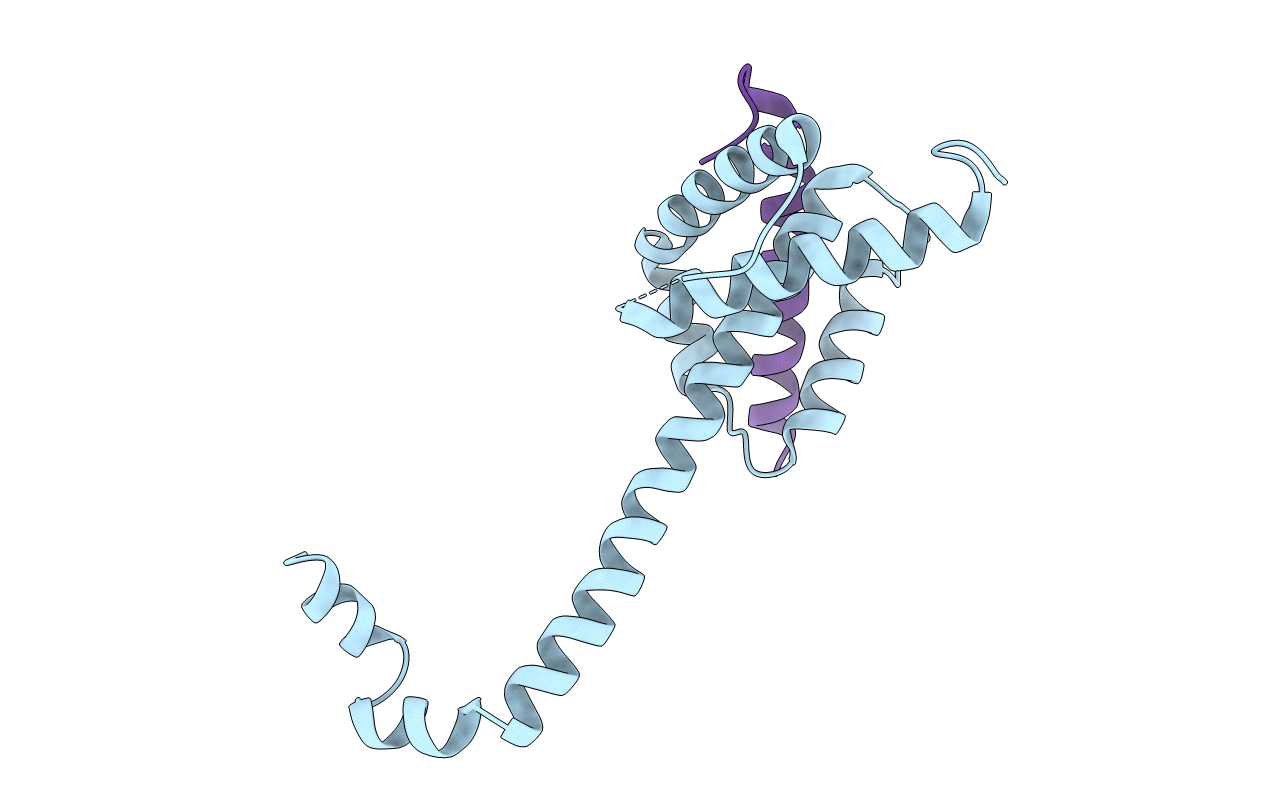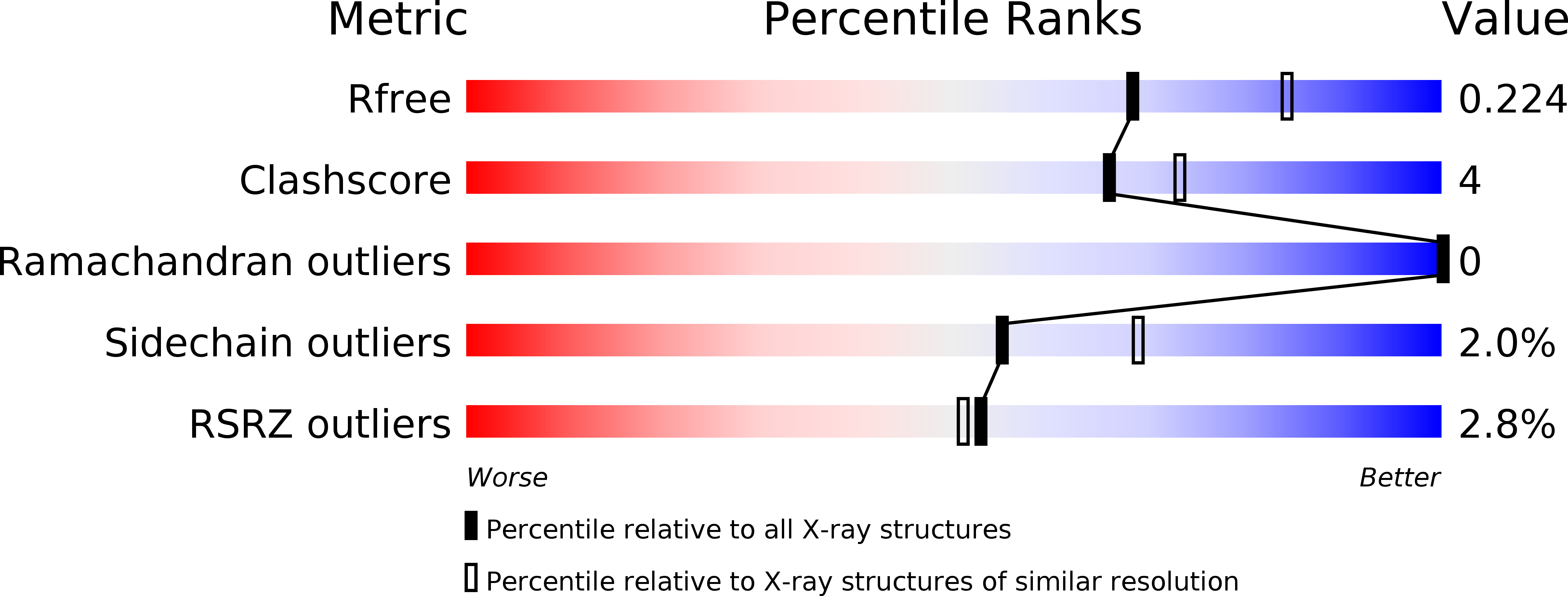
Deposition Date
2012-10-04
Release Date
2013-02-13
Last Version Date
2024-05-01
Method Details:
Experimental Method:
Resolution:
2.21 Å
R-Value Free:
0.22
R-Value Work:
0.17
R-Value Observed:
0.17
Space Group:
P 43 21 2


